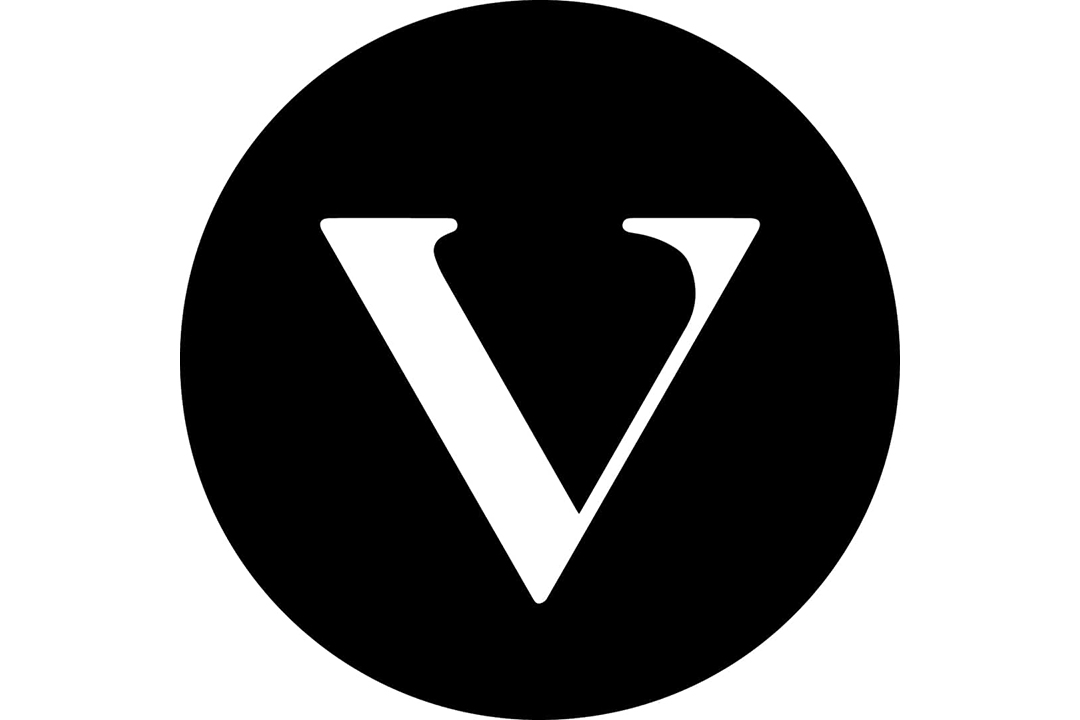It is no secret that all University of Toronto elections see very few candidates and very few voters. In 2019, The Varsity reported that the University of Toronto Students’ Union had some of the lowest voter turnouts of all Canadian university student governments. In 2020, turnout was slightly better than in previous years, seeing 12.7 per cent of eligible voters making their voices heard.
Interest in the candidates and the outcome of the election is clearly limited. This is indicated by the fact that there is no one running for president of the University of Toronto Students’ Union (UTSU) next year. Thus, we need to do everything in our power to ensure that reporting engages readers, while still remaining fair and impartial about the elections it covers.
Thankfully, The Varsity publishes candidates’ platforms and goals, using its position as the school news source to help promote engagement. This is incredibly helpful since, one might assume, many students are not actively seeking out information about UTSU elections. Because of these articles, information and updates on the election are easily accessible for students on their social media feeds, where they are more likely to come across and absorb the information about the candidates as well as be reminded of their duty as a member of the U of T community.
However, the method of the publication presents an issue regarding the fair representation of candidates. This issue does not derive from the reporting itself, but rather the use of candidate photos for the article.
Studies show that we, as voters, respond more to perceived attractiveness than we do to what the candidate stands for. Not only that, but in cases in which voters are more uninformed, attractiveness is weighted more heavily. In an election like that of the UTSU, where voters’ interest is shown to be lower, it follows that The Varsity’s prominent publication of candidate photos could have a considerable impact on readers.
Even beyond the negative impact it can have on students’ votes, the photos present a barrier for students of a lower socioeconomic background. Some students will have access to well-fitting professional clothes and the opportunity to have a good photo taken by a professional photographer. It is significantly easier for them to look appealing and professional.
Meanwhile, there will be other candidates that don’t have access to these resources. Having a headshot and a look that makes them appear to be competent takes money that many students simply cannot spare.
What also exacerbates the problem is the unequal access to knowledge about how to present oneself. Students who grew up in wealthier households might have been able to learn how to appear professional and confident by watching their parents attend white-collar work and social functions. They would learn, without effort, the best way to market themselves. Meanwhile, lower-income students would not necessarily have grown up with the same experiences.
You could argue that any candidate could research how to market themselves, but lower-income students are more likely to be employed off-campus, and would also therefore have to spend more time commuting. Therefore, they are likely to be more mentally drained than students who do not deal with these issues, and they would not have as much free time to spare over something that has no bearing on how well they will serve the students.
While it is clear that posting candidate photos creates barriers for the candidates’ success, we also need to consider how it affects other parts of the elections, too. If students are aware that they have to make their persona public and focus on marketing themselves, that may diminish the interest of some students to run.
One of the primary issues facing the UTSU elections is finding students to run, displayed by the fact that there is no one currently running for president. Any barriers we can remove to encourage students to find success within student government will go a long way toward advancing the goal of improving the UTSU and its reputation.
However, The Varsity also wants to encourage U of T constituents to participate in elections. When candidates are posted on social media, those articles are more likely to make it into students’ lives. The articles cannot just exist on social media to be effective — they have to grab attention.
To do so, there needs to be some imagery. Reports show that on Facebook, the engagement rate is 37 per cent higher for posts with images. If The Varsity wants to successfully promote the election, attaching an image goes far to help achieve that goal. However, we should also be looking to have the best impact on the community’s understanding of the candidates, not just voting for the person who most successfully caught their eye.
Encouraging students to engage meaningfully with the UTSU’s election season is a difficult goal. While voters tend not to invest in the elections, their involvement is necessary. However, in The Varsity’s efforts to make information about the candidate more accessible to students, it can end up hurting the candidates.
Despite our best efforts, humans are more likely to trust people we see as attractive. However, even beyond natural looks, there are significant barriers students face if they want to make themselves as appealing as possible. Many of those barriers, such as clothing and photo quality, relate to wealth and status.
Therefore, by putting up candidate photos, we increase the chance of swaying the public not to vote for the best candidate, but for the one they think looks the best. There are likely ways around the problem, and The Varsity needs to find them if it wants to serve the student body and do the most that it can to help elect the best representation for students.
Emory Claire Mitchell is the public editor at The Varsity and can be reached at [email protected].


